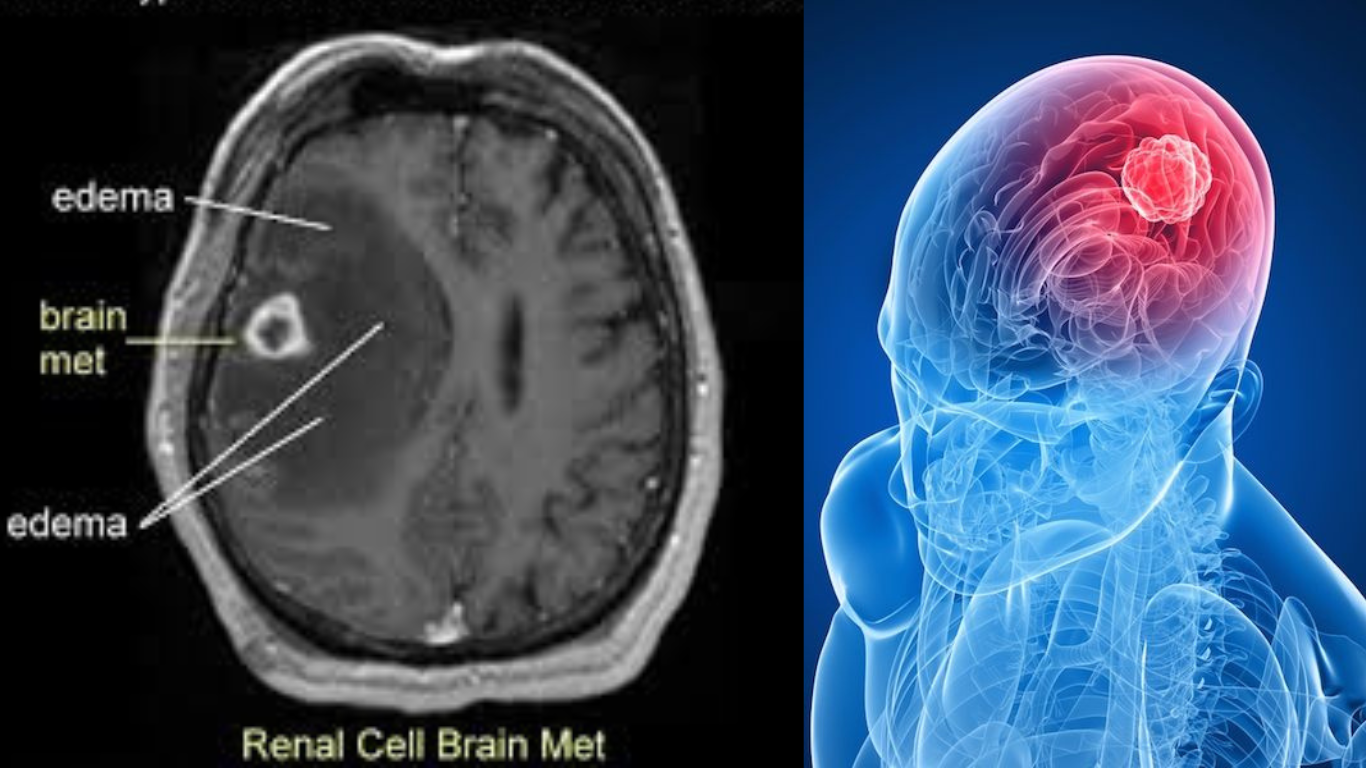Promising Advances in Glioblastoma Treatment
Introduction: Addressing a Lethal Cancer
Glioblastoma, notorious for its aggressive nature and low survival rates, has long posed a significant challenge in oncology. Recent developments, however, offer a glimmer of hope.
Two groundbreaking clinical trials published on Wednesday shed light on a potential breakthrough in glioblastoma treatment, utilizing CAR-T therapy.
The Current Landscape: Glioblastoma’s Grim Reality
Glioblastoma, the same cancer that claimed the lives of notable figures like John McCain and Beau Biden, is typically diagnosed in its advanced stages, leaving patients with a bleak prognosis.
With survival rates hovering around a mere 10%, and no significant advancements in treatment over the past two decades, the need for effective therapies is urgent.
The Promise of CAR-T Therapy: A New Frontier in Treatment
CAR-T therapy, a form of personalized immunotherapy, holds promise in revolutionizing cancer treatment. By harnessing the body's immune system to target specific tumor proteins, CAR-T therapy has shown remarkable efficacy in certain blood cancers. However, its application in solid tumors like gliobla stoma presents unique challenges due to tumor heterogeneity.
Overcoming Challenges: Tailoring CAR-T Therapy for Solid Tumors
Solid tumors, including glioblastoma, consist of diverse cell types, posing a hurdle for traditional CAR-T approaches. Previous attempts focused on targeting single proteins, mirroring strategies effective in blood cancers. However, these efforts fell short in gliobla stoma due to the presence of heterogeneous cell populations and variations in protein expression.
Enhancing Targeting Precision: The Two-Pronged Approach
In a bid to enhance efficacy, researchers adopted a novel strategy: targeting two proteins simultaneously. This approach, employed in both clinical trials, aimed to improve the precision of CAR-T therapy by addressing multiple tumor antigens. By targeting EGFR and IL13Rα2, frequently expressed in glioblastoma tumors, researchers sought to maximize therapeutic impact.
Personalized Delivery: Optimizing Treatment Localization
Recognizing the importance of targeted delivery, researchers explored innovative administration methods. Unlike intravenous infusion, which may lead to systemic dispersion, CAR-T cells were directly injected into the cerebrospinal fluid enveloping the brain and spinal cord. This localized approach aimed to concentrate cancer-fighting cells near tumors while minimizing off-target effects.
Promising Outcomes: Initial Successes and Remaining Challenges
Both trials reported encouraging initial responses, with rapid tumor reduction observed in treated patients. However, the durability of these responses remains uncertain, with some patients experiencing disease recurrence.
Moreover, participants encountered manageable side effects, underscoring the need for further refinement in treatment protocols.
Looking Ahead: Refining CAR-T Therapy for Glioblastoma
Despite these challenges, the recent trials underscore CAR-T therapy's potential in glioblastoma treatment. Ongoing research endeavors aim to optimize treatment strategies, exploring combination approaches with radiation and chemotherapy.
Additionally, collaborative efforts among researchers foster a collective drive towards improving outcomes for glioblastoma patients.
Conclusion: A Beacon of Hope in Glioblastoma Treatment
In conclusion, the recent CAR-T therapy trials represent a significant milestone in glioblastoma research. While challenges persist, the promising results pave the way for continued innovation and refinement in treatment approaches.
With ongoing advancements and collaborative efforts, the prospect of transforming glioblastoma from a terminal diagnosis to a manageable condition grows increasingly within reach.
Read more such news on techinsighttoday
Thank you so much for reading.

